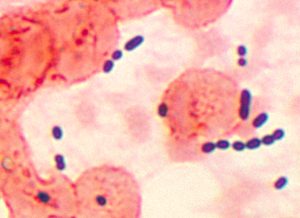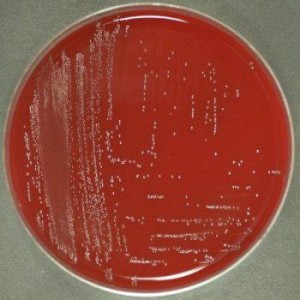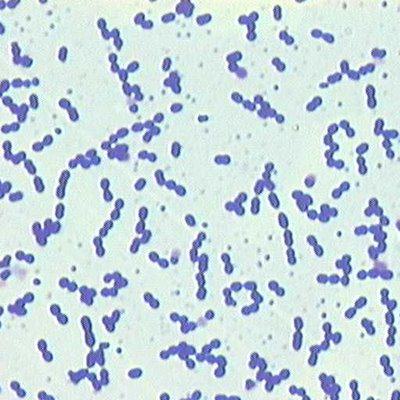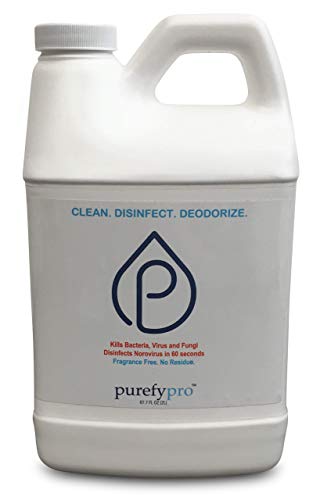It has now been shown that these infections can be acquired by visitors to such institutions and the bacteria, therefore, now have a means of entering the community and spreading outside of their usual setting. This trend has been seen before, most notoriously with the emergence of the methicillin-resistant Staphylococcus aureus (MRSA) in community settings where it has spread easily to otherwise healthy people.
Resistance
The most clinically significant development with the Enterococcus sp, which used to be relatively easy to treat, has been the widespread emergence of strong resistance to common antibiotics formerly used to treat such infections. Enterococcus sp are almost universally resistant to all forms of penicillin and have even developed resistance to other beta-lactam family antibiotics, including the former drugs of last resort, the carbapenems. The Enterococcus sp have also demonstrated resistance to the aminoglycoside family of antibiotics, commonly administered through intravenous means in hospitals because of the close monitoring of the blood levels that is required. The more commonly known aminoglycosides include but are not limited to: Kanamycin A, Amikacin, Tobramycin, Gentamicin, Neomycins B, C and E, and Streptomycin.
More disturbingly, large percentages of Enterococcus sp, especially among both E. faecalis and E. faecium, up to as many as 75% E. faecium isolates alone, have become resistant to the glycopeptide antibiotic Vancomycin, which was formerly the most broadly effective antibiotic drug for these types of infection. The mechanisms by which the Enterococcus sp have become resistant are several and are far too technical for this forum. But, gross overuse by physicians, who chose not to find out what more selective drugs might be effective, instead using such a “big gun” as Vancomycin for less than real emergencies, certainly helped lead to the development of such resistance, leaving physicians with very few, if any, choices for treating these new and serious infections. The proper diagnosis of infection and the careful and correct selection of treating antibiotics is ESSENTIAL to avoid further resistance developments.
Perhaps frighteningly, these resistant infections, known as Vancomycin Resistant Enterococci (VRE) have emerged in a limited manner in the community. They are almost always found among people who have recently visited people in long-term healthcare settings. These otherwise healthy people may not become ill with the VRE themselves, but they can serve as a reservoir of infection, potentially spreading the infection to other people and to environmental surfaces, on which the bacteria can demonstrate hardiness and long life, even on surfaces such as stainless steel. The risk of community acquired VRE is increasingly quite real.
Enterococcus in the Environment
Infections with Enterococcus sp, including the resistant species such as VRE are the result of the introduction of the organism into the body from an environmental source, which could include catheters, other invasive equipment, or a caregiver. The presence of these organisms clearly indicates contamination with fecal or urinary material which it is essential to eliminate in settings such as hospitals and nursing facilities. However, other environments in which people congregate, including people who may have visited healthcare facilities or who may have been patients themselves include but are not limited to: schools, gyms, physical therapy clinics, doctor’s offices, and even homes. It may be desirable to eliminate the potential contamination of Enterococcus sp, including resistant strains such as VRE from these environments.
Elimination and Control
Fortunately, despite the potential resistance to antibiotics, potential Enterococci contamination is easy to control by using a member of the Mold-Stat family of products. The MoldStat product line is EPA certified and registered as effective against the Enterococcus sp, having been tested specifically against both E. faecalis and E. faecium, including resistant strains of E. faecium.

